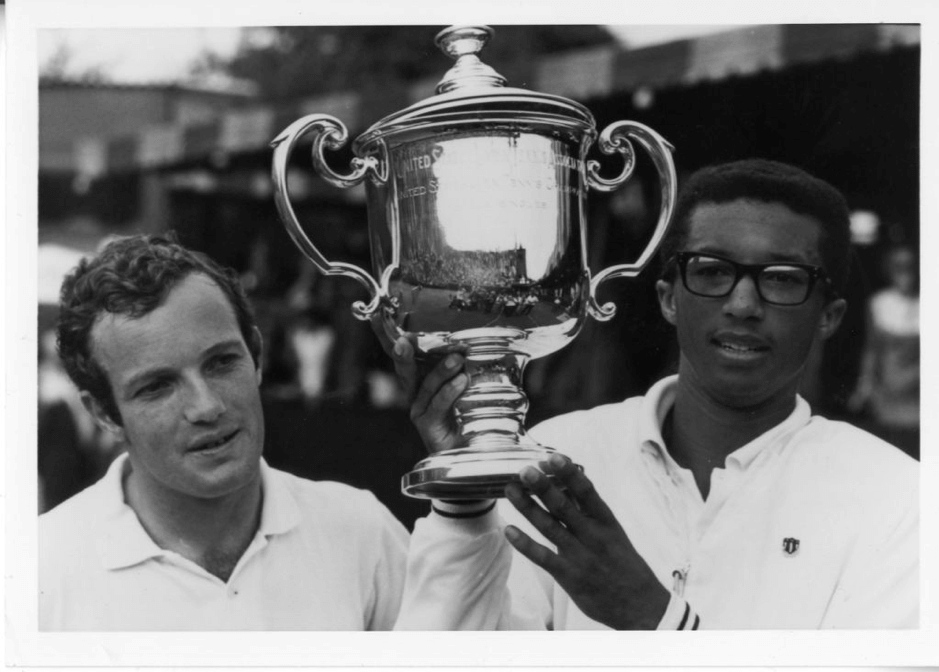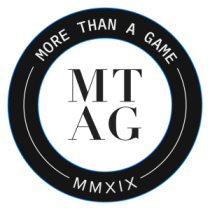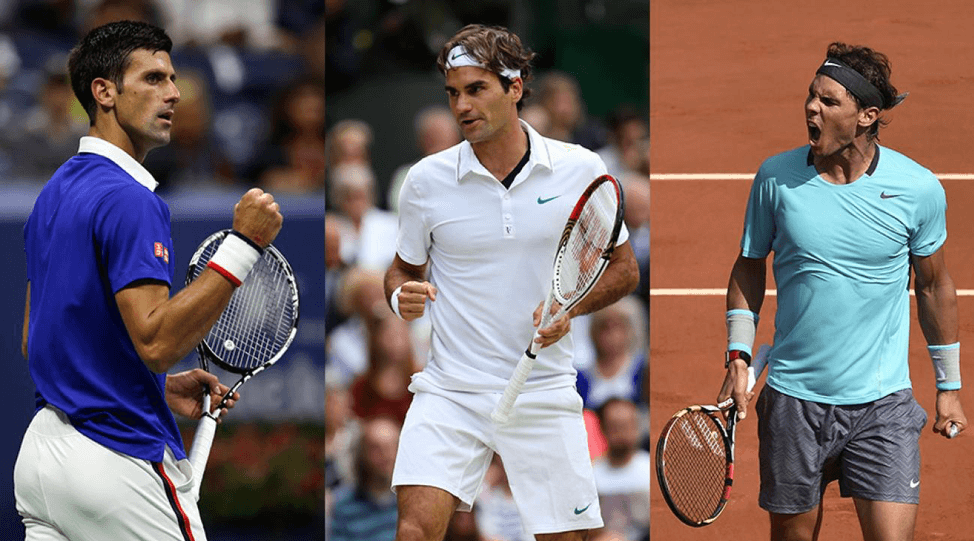The 1968 US Open: A New Champion, A New Era

A bespectacled Arthur Ashe lifts the first US Open Men’s Singles title of the Open Era (WLIW)
“1968 was a landmark year for tennis as the advent of the Open Era spelled the end of the US Championships and marked the beginning of the US Open. Before the Open Era, tennis had largely been an elitist sport contested mainly by aristocrats for little or no prize money.
Grand Slams, the sport’s biggest prizes, were organized by private country clubs which embedded them firmly in the inegalitarian culture of tennis back in the day.
The Slams were a part of the main circuit which was only contested by amateurs; players who were not remunerated for their efforts on the tennis court.
Several top talents turned professional or broke away from the main circuit to compete in professional head to head tours and major professional tournaments for much higher prize money.
Big names like Ken Rosewall, Rod Laver and Pancho Gonzales left the men’s amateur circuit and were consequently banned from competing in amateur events.
Laver, arguably the greatest tennis player of all time turned professional at the peak of his powers, having just completed an unprecedented Calendar Slam by winning all four Grand Slam tournaments held in the year of 1962.
Soon the sport’s amateur governing body at the time, the International Tennis Federation had no option but to allow professionals back on the main circuit.
This move was led by the All England Club who feared the main circuit would soon become insignificant because of the lack of public attention and sponsorship deals owing to the absence of some of the sport’s biggest names.
The first US Open held in the Open Era promised to be its most competitive edition since the inception of professional tours with the lines now blurred between amateur and professional athletes contesting the sport.
Over the years, the US Open has become synonymous with the hard courts at Flushing Meadows but back in 1968, the US Open had a very different setting to what we associate it with in present day.
The event was hosted on its grass courts by the West Side Tennis Club located in Forest Hills, New York. In fact, the event would not be played on hard courts till it was moved to Flushing Meadows in 1978. This meant that serve and volleyers like Laver were firm favorites on the much faster grass courts that the US Open was contested on back in the day.
The 1968 US Open Men’s Singles matches were a best of five with no tiebreaks in any set as the competitors had to establish a margin of two games to win a set if the set reached 6-6.
However, the fast courts combined with the serve and volley style of play ensured shorter points and hence, matches did not stretch for too long even when they went down to the wire.

The West Side Tennis Club was the first home of the US Open (West Side Tennis Club)
Rosewall and Laver had dominated the Pro Tour for years and the once exiled professionals had announced themselves in style in the first two Grand Slam events of the Open Era by winning the 1968 editions of Roland Garros and Wimbledon respectively.
Seeded as No. 1 and 3 respectively, Laver and Rosewall were expected to carry this dominance to the final Grand Slam event of the year. Defending champion and fellow Australian John Newcombe, and No.2 seed and Wimbledon finalist Tony Roche were also seen as major contenders for the US Open title.
However, a shock was on the cards as Roche was defeated convincingly in straight sets by 41-year old tennis great Pancho Gonzales in the round of 16, while Newcombe fell to American Clark Graebner in a rematch of previous year’s US Open final.
No.8 seed Tom Okker beat an ageing yet spirited Gonzales in the quarter-finals and upset Rosewall in the semi-finals to reach the final of what had been an incredible tournament for the young Dutchman.
Okker participated in the US Open as a registered player – an amateur allowed to compete for prize money in certain events.
A 25-year-old Arthur Ashe was making waves in Laver’s side of the draw. He had already avenged his defeats in the 1966 and 1967 Australian Championships finals by taking out the holder of the highest number of Grand Slams at the time, Roy Emerson in the round of 16.
He was primed to face Laver in the last eight for a repeat of their Wimbledon semifinal in the same year. However, Laver was shocked by South African Clyde Drysdale who battled back from two sets to one down to win a thrilling five-set encounter in the round of 16.
However, Ashe then came back from a set down to beat both Drysdale and his Davis Cup teammate Graebner in four sets in the quarter-final and semi-final stages of the tournament respectively to set up a clash with Okker in the final.
Ashe, who had been serving in the United States Army since 1966, had to maintain his amateur status to be eligible in the Davis Cup which was still closed to the professionals, and be granted time away from the Army to compete in important tournaments.
As his brother Johnnie completed his first Vietnam War tour with the Army, Ashe a lieutenant in the Army at the time, could have been deployed in Vietnam but for his brother’s immense personal sacrifice.
Johnnie decided to serve an additional Vietnam tour in place of his brother to avoid disruption of his promising tennis career. The No.5 seed at the time, Ashe had had an impressive buildup to the 1968 edition of the US Open.
He reached the semi-finals of Wimbledon where he lost to eventual champion Laver, and won the United States Amateur Championship beating Davis Cup teammate Bob Lutz in the final.
He also won 4 Davis Cup matches, the Pennsylvania Grass Court Championship and an Army tournament before entering the US Open main draw in sensational form.
On September 8 1968, Arthur Ashe created history by becoming the first and only black man in the history of men’s tennis to win the US Open after a 5-set epic versus the spirited Okker. Ashe defeated the Dutchman 14-12, 5-7, 6-3, 3-6, 6-3 in 2 hours and 40 minutes on a rainy day in New York to clinch the first US Open Men’s Singles title in the Open Era. The world had a new champion and tennis began a new era.
He also became and still remains the only player to clinch both the amateur and open national championships in the same year.
Since Ashe was registered as an amateur, he did not qualify for the $14,000 first-prize money which instead went to finalist Tom Okker. That Ashe had to settle for a comparatively paltry sum of $280 suggested that the transition to the Open Era was far from smooth in its initial stages.
Ashe’s triumph at the US Open, the first by a player from the United States since Tony Trabert’s championship win in 1955, also set the path for young Americans like John McEnroe and Jimmy Connors. It also proliferated interest in tennis across the continent and transformed the US Open into the buzziest and most energetic Grand Slam of them all.
Ashe was an active civil rights supporter and that his victory came only 5 months after Martin Luther King’s assassination made his triumph even more significant.
The importance of his historic triumph has been immortalized by the largest tennis stadium in the world, the Arthur Ashe stadium, being named after him. The stadium at Flushing Meadows has a capacity of 23,771 and has served as the center court at the US Open since its inauguration in 1997.

The tremendous Arthur Ashe stadium in all of its glory (WLIW)
The significance of amateurs and professionals being able to compete with one another in a new age of tennis and Ashe’s monumental accomplishment have left an indelible mark on the sport, and made the 1968 US Open the most significant men’s singles edition in the competition’s history.
Read More
THE TENNIS NEXT GEN- A CASE FOR THEIR HELPLESSNESS
ANANYA CHANDRA \
FEATURES
BIANCA ANDREESCU: AGAINST ALL ODDS
ESSENTIALS
OUT WITH THE OLD, IN WITH THE NEW: A CHANGING OF THE GUARD AT FERRARI?
KABIR ALI \
FEATURES



